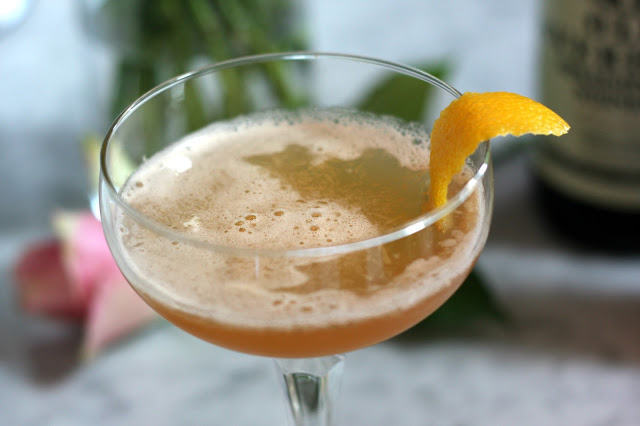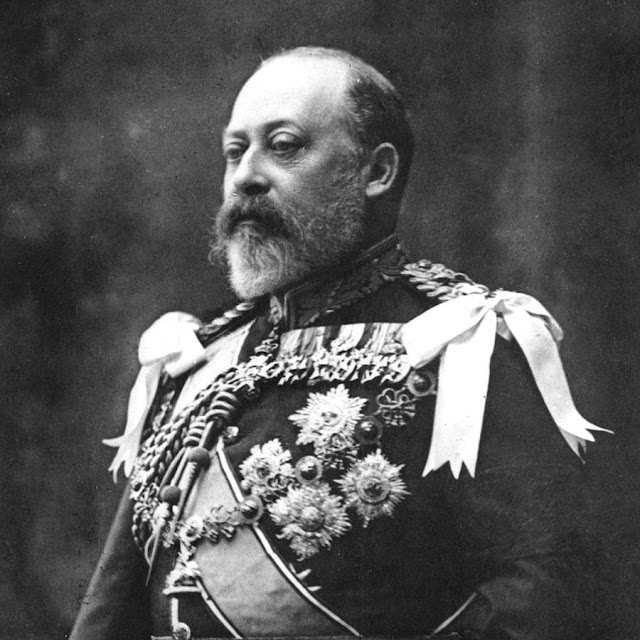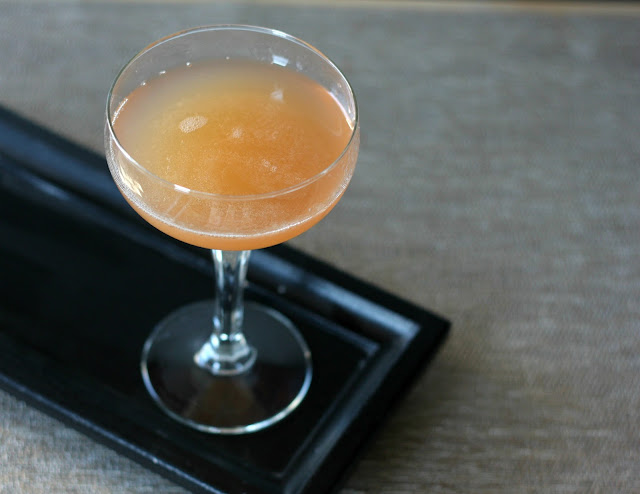One of my favorite new bars in Boston is Hojoko. The cocktails there are incredibly good, but the place doesn't take itself too seriously. They serve brightly-colored cocktails out of those square circulating juice tanks and have a wide selection of frozen drinks and sake bombs. These things aren't usually the mark of a craft cocktail bar, but these same cocktails have ingredients like shochu, absinthe, Fernet Branca, and coconut-infused Campari. The bartenders there have also always been incredibly friendly and informative, willing to discuss the cocktails and their unique ingredients.
The second time I went to Hojoko, I ordered the 1970 Sour. The ingredients were Angostura bitters, Wray & Nephew (a white overproof rum), passionfruit, almond, and sesame. The bartender paused a moment and said, "Ok, but just so you know, Angostura bitters are the base of the drink." I didn't even understand what he meant at first. Angostura bitters are added to drinks in dashes, not ounces. I wasn't sure if I would like it. I assumed an Angostura-based drink would be unbearably bitter. But the bartender assured me that it wasn't, and I figured I'd give it a go.
Wow. I can't remember the last time I was so blown away by a cocktail. Angostura bitters have an incredible rich, spiced flavor that allows them to stand out in drinks even when added in small amounts. When you throw an ounce of them in a cocktail, the result is amazingly flavorful. And it really gives you a sense of what the bitters taste like, and what they're adding to your cocktails in smaller quantities. I really didn't have a good handle on their flavor profile before I tried the 1970 Sour.
After that night at Hojoko, I began seeing Angostura-based cocktails popping up all over the place. So I decided to try and make one myself. It seemed only natural to try the Trinidad Sour, one of the first drinks to give this ingredient a starring role. Imbibe refers to it as a "paradigm shifter" and I think they might be right. This is definitely one of the most unusual things I've tried in a cocktail in a while. I quickly ran through my tiny bottle of Angostura and invested in the much larger 16 oz. size.
The Trindidad Sour is not an overwhelmingly bitter drink. It's rich and incredibly flavorful. It smells a bit like Christmas potpourri. The flavor is deep notes of cinnamon and allspice, with a subtly bitter finish. It's surprisingly bright. And that color! It's easily one of the most beautiful cocktails out there.
History: The Trinidad Sour was invented by Giuseppe Gonzalez at the Clover Club in Brooklyn in 2009. It is based on a slightly earlier cocktail called the Trinidad Especiale, which was invented by Italian bartender Valentino Bolognese for the Angostura European Cocktail Competition in 2008. It uses Pisco instead of rye. The names of both cocktails pay homage to the country where Angostura bitters are made.
Trinidad Sour
1 oz. Angostura bitters1 oz. orgeat
3/4 oz. lemon juice
1/2 oz. rye whiskey (100 proof preferred)
Combine all ingredients in a shaker. Fill with ice and shake until well-chilled. Strain into a coupe or cocktail glass.
Recipe from Imbibe.












